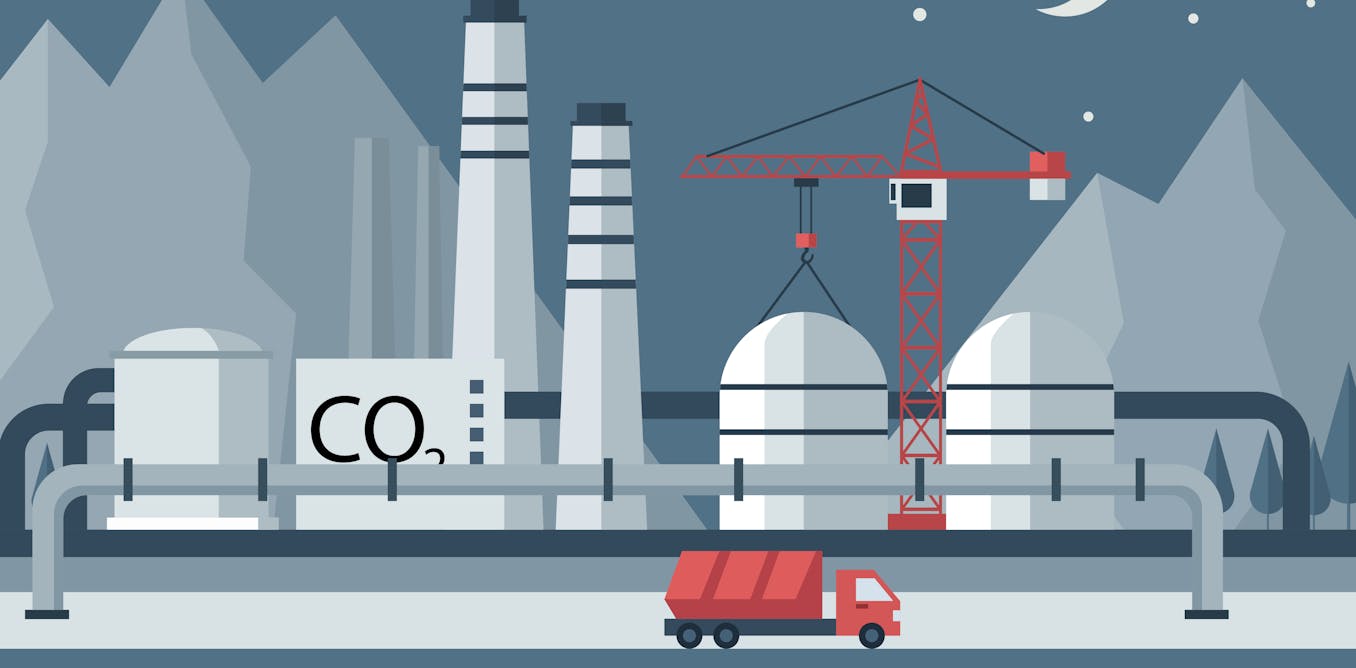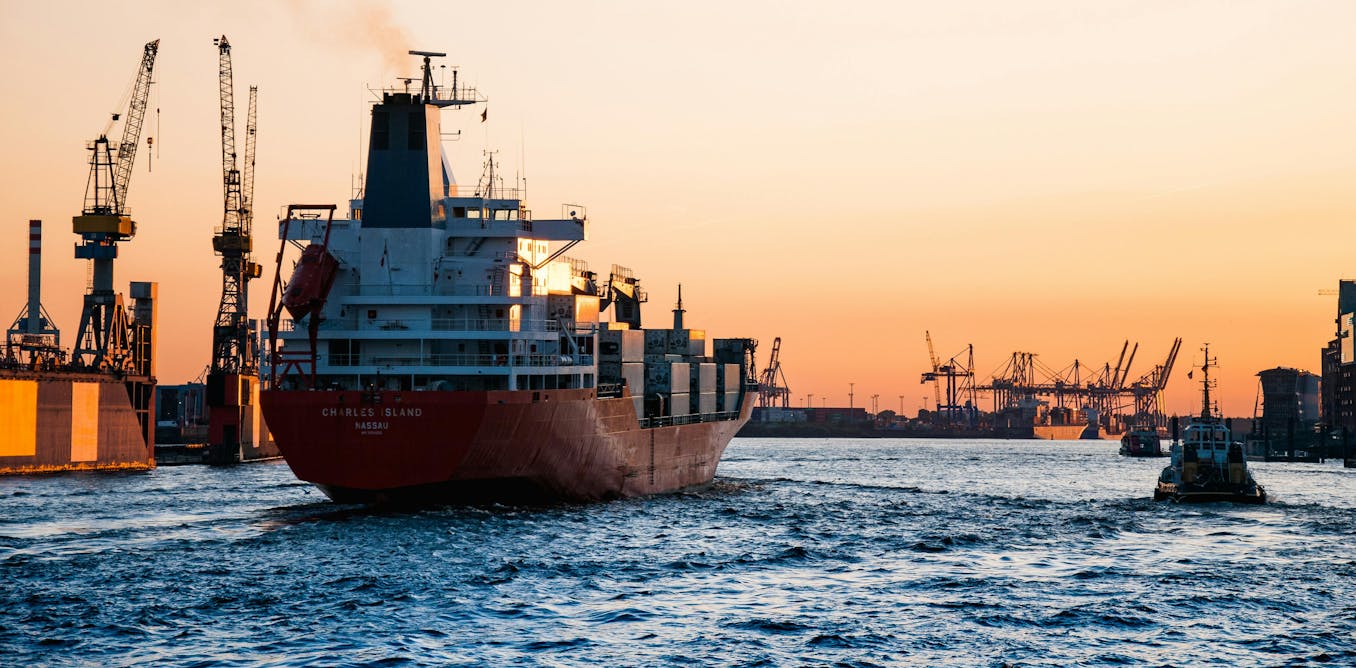After a half-century hiatus, thorium has returned to the front lines of nuclear power research as a source of fuel. In 2025, China plans to start building a demonstration thorium-based molten-salt reactor in the Gobi Desert.
The 10-megawatt reactor project, managed by the Chinese Academy of Sciences’
Shanghai Institute of Applied Physics (SINAP), is scheduled to be operational by 2030, according to an environmental-impact report released by the Academy in October. The project follows a 2-MW experimental version completed in 2021 and operated since then.
China’s efforts put it at the forefront of both thorium-based fuel breeding and molten-salt reactors. Several companies elsewhere in the world are developing plans for this kind of fuel or reactor, but none has yet operated one. Prior to China’s pilot project, the last operating molten-salt reactor was Oak Ridge National Laboratory’s
Molten Salt Reactor Experiment, which ran on uranium. It shut down in 1969.
Thorium-232, found in igneous rocks and heavy mineral sands, is more
abundant on Earth than the commonly used isotope in nuclear fuel, uranium-235. But this weakly radioactive metal isn’t directly fissile–it can’t undergo fission, the splitting of atomic nuclei that produces energy. So it must first be transformed into fissile uranium-233. That’s technically feasible, but whether it’s economical and practical is less clear.
China’s Thorium-Reactor Advances
The attraction of thorium is that it can help achieve energy self-sufficiency by reducing dependence on uranium, particularly for countries such as India with
enormous thorium reserves. But China may source it in a different way: The element is a waste product of China’s huge rare earth mining industry. Harnessing it would provide a practically inexhaustible supply of fuel. Already, China’s Gansu province has maritime and aerospace applications in mind for this future energy supply, according to the state-run Xinhua News Agency.
Scant technical details of China’s reactor exist, and SINAP didn’t respond to IEEE Spectrum’s requests for information. The Chinese Academy of Sciences’ environmental-impact report states that the molten-salt reactor core will be 3 meters in height and 2.8 meters in diameter. It will operate at 700 °C and have a thermal output of 60 MW, along with 10 MW of electricity.
Molten-salt breeder reactors are the most viable designs for thorium fuel, says
Charles Forsberg, a nuclear scientist at MIT. In this kind of reactor, thorium fluoride dissolves in molten salt in the reactor’s core. To turn thorium-232 into fuel, it is irradiated to thorium-233, which decays into an intermediate, protactinium-233, and then into uranium-233, which is fissile. During this fuel-breeding process, protactinium is removed from the reactor core while it decays, and then it is returned to the core as uranium-233. Fission occurs, generating heat and then steam, which drives a turbine to…
Read full article: China to Build Thorium Molten-Salt Reactor in 2025

The post “China to Build Thorium Molten-Salt Reactor in 2025” by Yu-Tzu Chiu was published on 12/30/2024 by spectrum.ieee.org


































Leave a Reply